If you’re shopping for hair extensions or wigs, you’ve probably come across the terms Remy hair and Non-Remy hair—but what exactly do they mean? Choosing between Remy and Non-Remy hair can greatly affect the quality, longevity, and overall look of your hairstyle. In this guide, we’ll break down the key differences, benefits, and common misconceptions about these two types of human hair to help you make an informed decision.
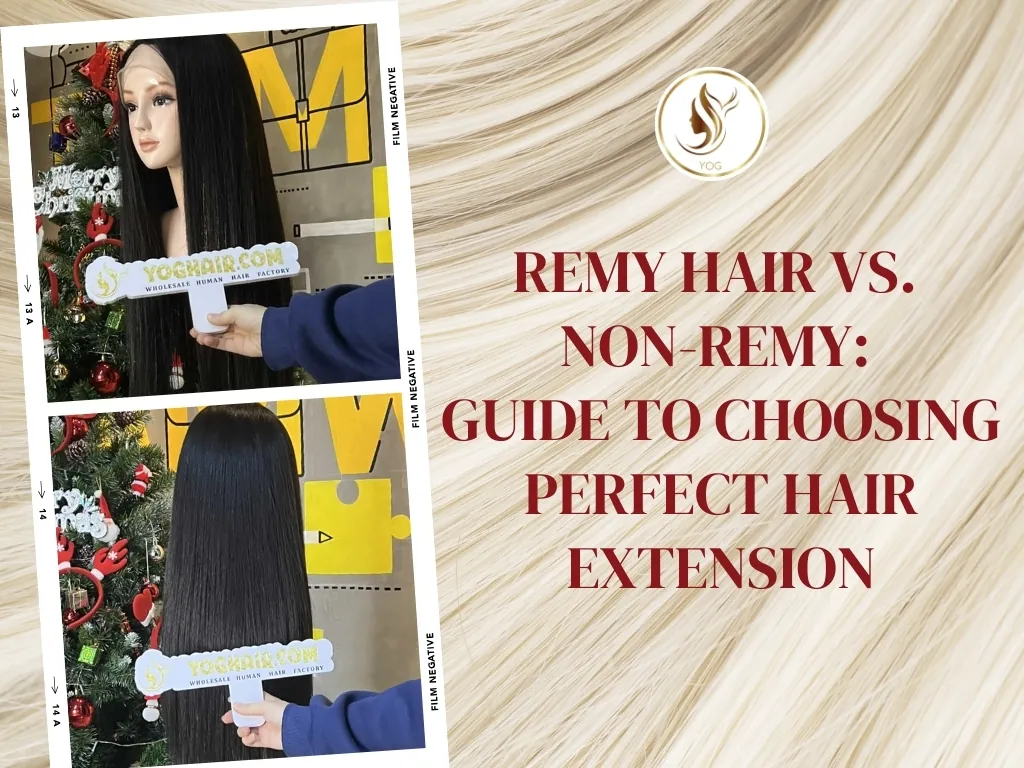
What is Remy Hair?
In the diverse world of hair extensions, the term “Remy Hair” stands out as a hallmark of quality and a key indicator of a superior product. At its core, Remy hair refers to 100% real human hair where all the cuticles are intact and, crucially, aligned in the same direction from root to tip. This is especially true for virgin Remy hair, which has never been chemically processed and retains its natural integrity.
So, is Remy hair real human hair? Absolutely. This is a common misconception, as the term “Remy” describes a quality and collection method of human hair, not a synthetic material. Is Remy hair synthetic? Categorically no. Synthetic hair is made from artificial fibers, typically plastics, and behaves very differently from human hair. Remy hair, conversely, can be styled, colored, and treated much like your own natural hair.
Where does Remy hair come from? The majority of Remy human hair is sourced from various regions, with a significant portion originating from countries like China and India. In places like Indian temples, hair is often donated as a religious offering, and these donations are carefully collected. The key distinguishing factor, regardless of its geographical origin, is how the hair is collected.
To qualify as Remy, the hair must be cut from a donor in a ponytail or braid, ensuring that all strands remain in their natural growth direction, with the root and tip consistently aligned. This process results in what is known as cuticle-aligned hair, ensuring smoothness and shine.
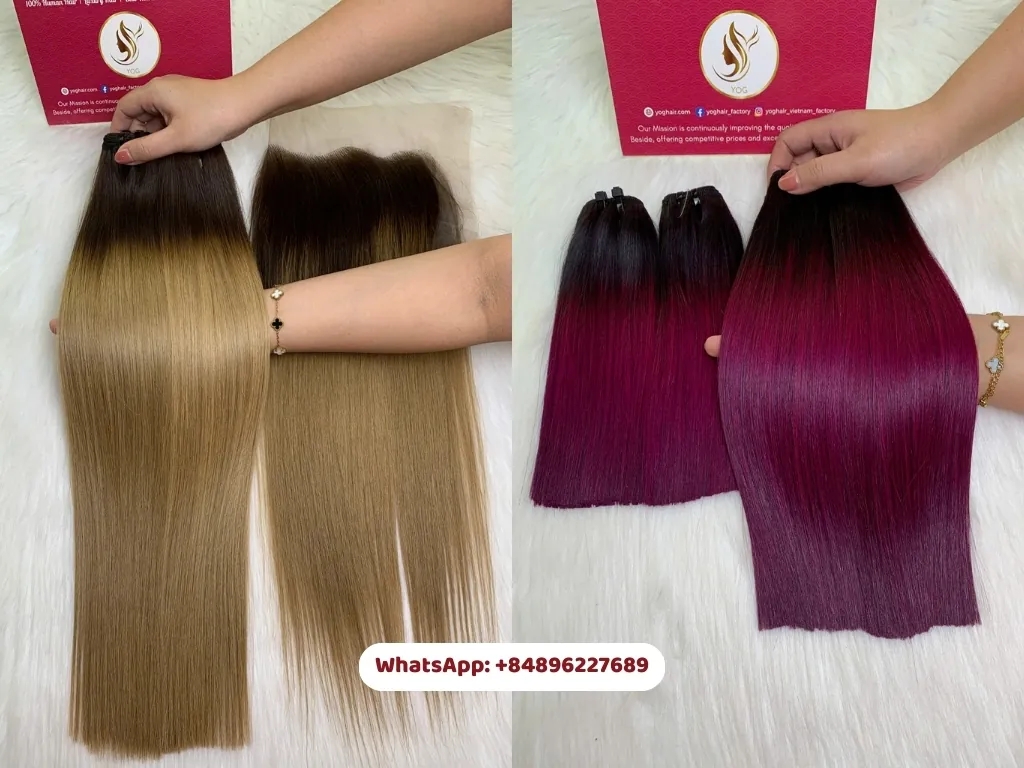
Non Remy Hair Meaning
Non-Remy hair is a common type of human hair used in the beauty and hair extension market, but it differs significantly in quality and performance compared to Remy hair. Unlike Remy hair, which is gathered from a single donor with all cuticles aligned in the same direction, Non-Remy hair is collected from various sources such as salon floors, hairbrushes, or multiple donors, with no effort to maintain cuticle alignment.
This misalignment of the cuticles is what causes Non-Remy hair to be more prone to tangling, matting, and shedding. As a result, the hair typically undergoes chemical processing, such as acid baths to strip the cuticle layer, followed by silicone coating to give it temporary shine and smoothness. However, after a few washes, the coating wears off, revealing rougher texture and frizz making it less durable in the long run.
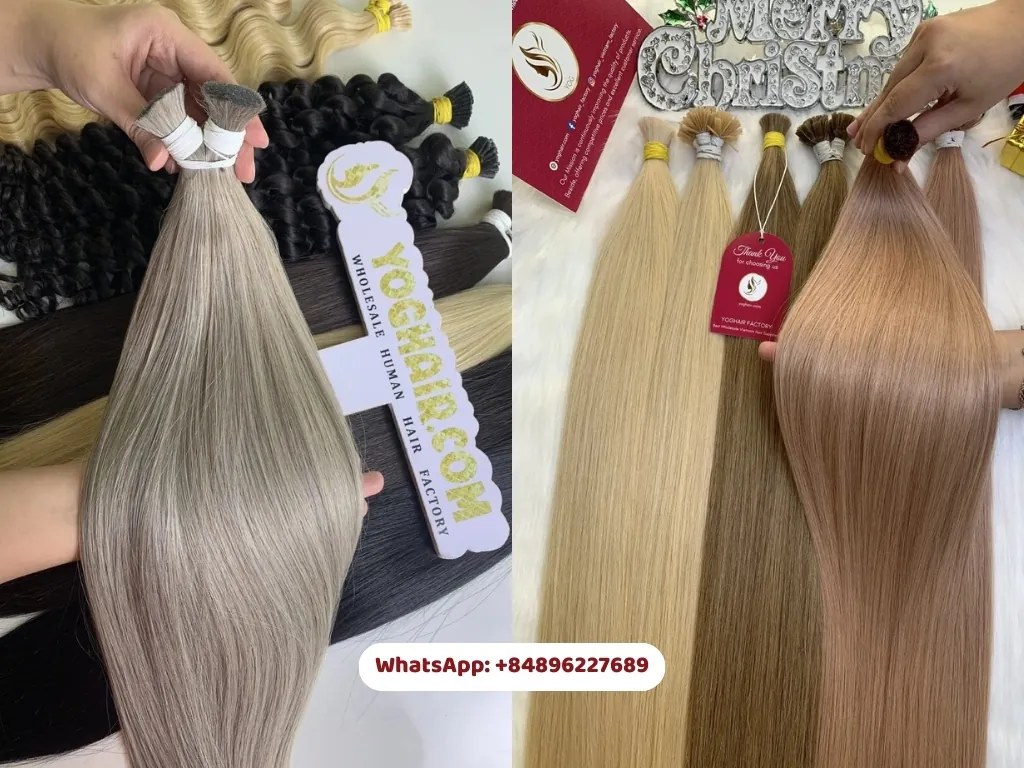
Remy Hair vs Non-Remy: Key differences at a glance
Remy hair and non-Remy hair represent two distinct categories of hair extensions, each with unique characteristics that impact their quality, appearance, and maintenance, making it essential to understand their differences when choosing hair for weaves, Vietnamese hair wigs, or braiding. As a staple in the hair industry, Remy hair is prized for its premium quality, while non-Remy hair offers a more budget-friendly option but comes with limitations.
This guide explores the key differences between Remy hair vs non-Remy hair, addressing keywords like Remy hair vs non-Remy hair pros and cons, where does Remy hair come from, and is Remy hair real human hair to help you make an informed choice for stunning, long-lasting styles.
- Cuticle alignment is the primary difference between Remy hair vs non-Remy hair, directly affecting their performance and longevity. Remy hair’s unidirectional cuticles allow it to move and flow like natural hair, reducing friction and tangling. This makes curly Remy hair vs non-Remy hair a significant comparison, as Remy hair maintains defined, bouncy curls with minimal maintenance, while non-Remy curly hair may lose its curl pattern quickly due to tangling and frizz.
Non-Remy hair’s misaligned or stripped cuticles cause strands to catch on each other, leading to matting, especially in curly textures where tangles are more pronounced. Remy hair’s natural alignment also allows it to blend seamlessly with your own hair, making it ideal for sew-in weaves, wigs, or braiding styles like deep wave human hair for braiding.
- Durability and maintenance further distinguish Remy hair vs non-Remy hair, as outlined in Remy hair vs non-Remy hair pros and cons. Remy hair can last 6–18 months with proper care, including gentle cleansing with sulfate-free shampoos, regular conditioning, and minimal heat styling. Its intact cuticles make it easier to maintain, especially for curly Remy hair, which retains its bounce with products like leave-in conditioners for curly hair, such as Cantu’s Shea Butter Leave-In Conditioning Cream.
Non-Remy hair typically lasts 1–3 months, as its processed nature leads to faster wear and tear. Maintaining non-Remy hair requires extra effort to combat tangling, such as frequent detangling with a wide-tooth comb and heavy product use, which can lead to buildup. For styles like how to keep curly wigs looking wet, Remy hair holds the glossy, hydrated look better due to its natural shine, while non-Remy hair may appear dull after the silicone coating fades.
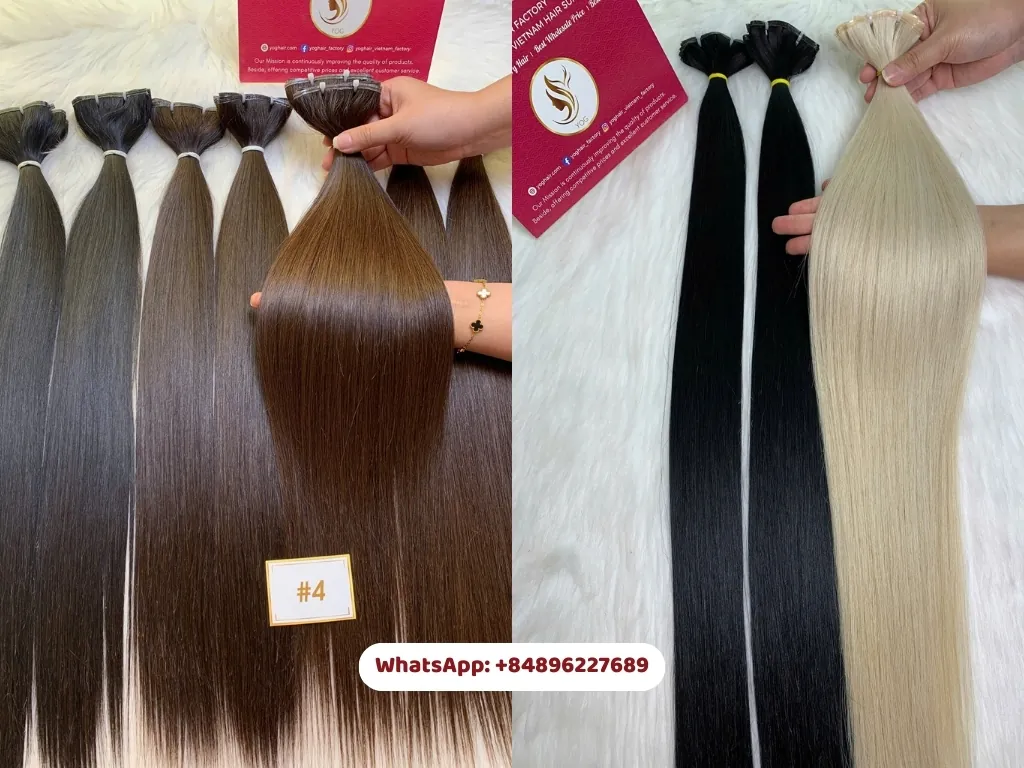
- Styling versatility is a significant advantage of Remy hair over non-Remy hair. Being unprocessed human hair, it also handles heat and chemical treatments better. Remy hair can be dyed, bleached, or heat-styled (with caution) without significant damage, thanks to its intact cuticles and high-quality sourcing. For curly Remy hair vs non-Remy hair, Remy hair maintains its curl pattern even after styling, making it ideal for achieving looks like how to maintain bouncy curls wig.
Non-Remy hair, due to its heavy processing, is less responsive to chemical treatments and may become brittle or lose its texture when dyed or heated. This limits non-Remy hair’s versatility, particularly for intricate styles like braiding or the wet look, where curl definition is key. Remy hair’s ability to hold styles longer makes it a preferred choice for professional installations and long-term use.
- Cost and accessibility highlight another key difference, as Remy hair is more expensive due to its quality and careful sourcing process. Remy hair’s higher price reflects its durability, natural appearance, and ease of maintenance, making it a worthwhile investment for those seeking premium weaves or wigs.
Non-Remy hair is more budget-friendly, appealing to those looking for a temporary or cost-effective option. Many first-time buyers also prefer it as a source of affordable human hair bundles. However, its shorter lifespan and higher maintenance needs may offset initial savings. For curly Remy hair vs non-Remy hair, the investment in Remy hair pays off in reduced tangling and longer-lasting curls, especially for styles requiring consistent moisture, like how to keep curly wig looking wet.
- Care routines differ significantly to maintain the quality of Remy and non-Remy hair. For Remy hair, use sulfate-free shampoos and conditioners, to preserve its natural oils and shine. Detangle gently on damp hair with a wide-tooth comb to prevent breakage, aligning with how to keep curly weave hair from tangling. Protect Remy hair overnight with a silk scarf or satin bonnet to reduce friction, addressing how to maintain curly weave overnight.
Non-Remy hair requires similar care but needs more frequent detangling and heavier products to manage frizz, which can lead to buildup. Using products to maintain curly wig, helps both types but benefits Remy hair more due to its natural responsiveness. To revamp a curly wig at home, soak it in lukewarm water with a sulfate-free shampoo, apply a deep conditioner, and redefine curls with a leave-in conditioner for curly hair, but Remy hair will show better results due to its quality.
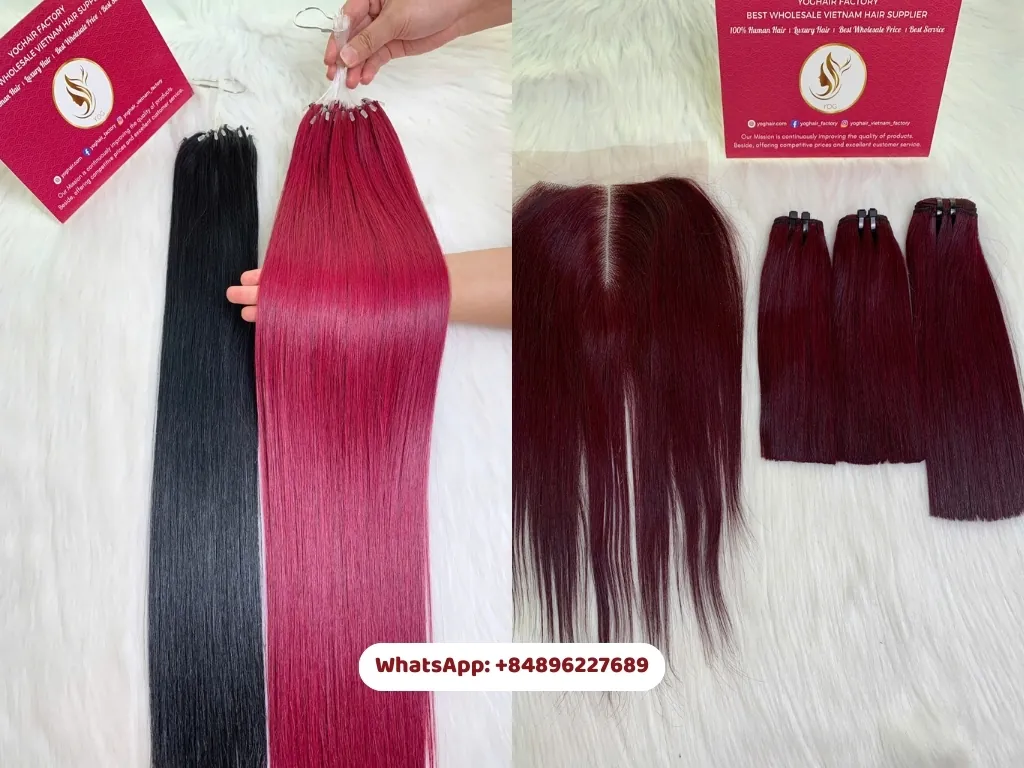
- Appearance and texture set Remy hair apart, as its natural shine and smooth texture make it look more like your own hair. Curly Remy hair maintains defined, bouncy curls that hold styles like the wet look with minimal effort, using products like Bblunt’s Intense Moisture Serum.
Non-Remy hair, while initially shiny due to silicone coatings, often becomes dull and rough after a few washes, requiring more styling products to maintain its appearance. This contrast is stark in curly Remy hair vs non-Remy hair, where non-Remy curls may flatten or frizz over time, reducing their aesthetic appeal.
At a glance, Remy hair offers superior longevity, a natural look, and better styling options, while Non-Remy hair is more affordable and better suited for short-term use. Your final decision will depend on your goals, budget, and how much time you’re willing to invest in hair maintenance.
Remy Hair vs Non Remy Hair – Which one should you choose?
Choosing between Remy and non-Remy hair depends on your budget, styling goals, and maintenance commitment. Remy hair is ideal for those seeking long-lasting, low-maintenance Vietnamese hair extensions with natural shine and versatility, especially for curly styles or braiding. Non-Remy hair suits those prioritizing affordability and short-term use but requires more care to manage tangling and frizz.
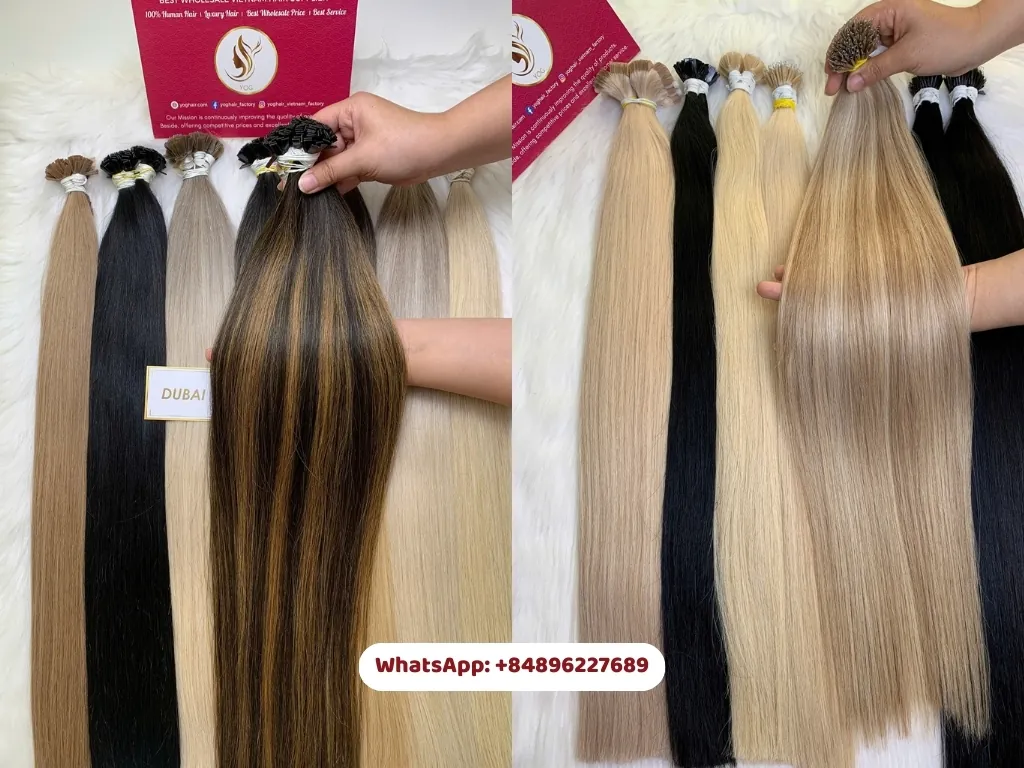
High-quality Remy hair from trusted suppliers like Yoghair ensures superior performance, making it the preferred choice for professional stylists and enthusiasts aiming for flawless, durable results. Ready to upgrade your look? Discover premium quality hair extensions at Yoghair whether you prefer the lasting luxury of Remy hair or a budget-friendly Non-Remy option, we’ve got you covered. YOGHAIR specializes in premium quality hair extensions, ensuring long-lasting, salon-grade results. Shop now and transform your style with hair that looks and feels naturally flawless.
- Instagram: @yoghair_wholesale_factory
- WhatsApp: +84896227689
- Email: [email protected]
- Facebook: https://www.facebook.com/yoghairfactory/
Conclusion
In conclusion, understanding the key differences between Remy Hair vs Non-Remy is essential when choosing the perfect hair extension for your style, budget, and maintenance preferences. While Remy hair offers superior quality, longevity, and a more natural appearance, Non-Remy hair can be a cost-effective choice for short-term use. By knowing what sets them apart, you can make an informed decision that aligns with your beauty goals and ensures your extensions look flawless and last longer.








 Ms. Jenifer
Ms. Jenifer
